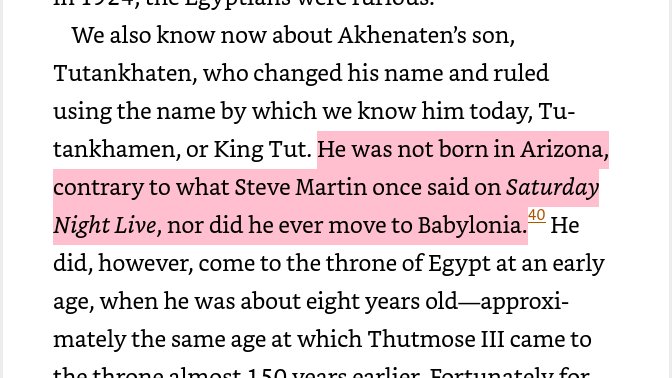
However, all of this trade and interconnectedness made for a very complex system that was vulnerable when a tidal wave of bad luck struck the region all at roughly the same time. As you might have guessed from the title of the book, there is not exactly a happy ending.īecause the division of labor had expanded to such a great extent, the Late Bronze Age civilization in the eastern Mediterranean was prosperous and flourishing. However, Cline’s primary purpose in explaining this fascinating vision of international trade and what he identifies as an early form of globalism is in order to explain its downfall, and indeed near-total collapse of civilization itself. The Year Civilization Collapsed, (which he summarizes in this excellent lecture) where he lays out the full extent to which trade in all kinds of goods was flowing back and forth. This complex system of international trade is examined in great detail by the archeologist Eric H. However, it was not just copper and tin that made up the international trade of the era, but all sorts of goods, both plain and luxurious. Even more impressive, archeologists have ascertained that some tin made its way to the region all the way from mines in contemporary Cornwall. The island of Cyprus was one of the main sources of copper, but the main source of tin was all the way in Afghanistan, a journey of over two thousand miles.

Bronze is an alloy comprised of roughly 90 percent copper mixed with 10 percent tin (or in some cases arsenic). This international network of trade is what made the “bronze” part of the Bronze Age possible. One such useful period to examine is the Late Bronze Age (around the second half of the 2nd millennium BC), where the division of labor reached all the way from Mycenae in contemporary mainland Greece to Afghanistan. However, the extent of the international division of labor has fluctuated over time, and as recent incidents such as the chaos caused by Covid-19 and accompanying state-imposed restrictions, the temporary blockage of the Suez Canal, or even the ongoing chip shortage demonstrate, our current system is not without weaknesses and vulnerabilities.įortunately, we can turn to the past in search of potential insight into why relatively developed systems of international trade can be disrupted or even ultimately collapse and attempt to avoid a similar fate ourselves. To a degree unprecedented in human history we have taken advantage of the benefits of the division of labor and achieved a degree of prosperity that was simply inconceivable to our ancestors.

Goods at every stage of production crisscross the oceans in a complicated, frenzied, and ultimately delicate logistical dance. Today’s world is, in some ways, defined and made possible by our globalized network of trade.


 0 kommentar(er)
0 kommentar(er)
